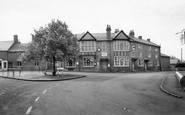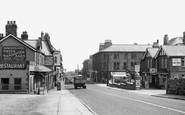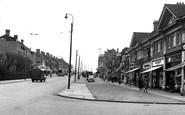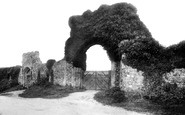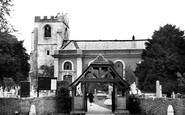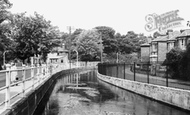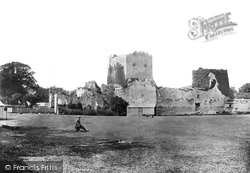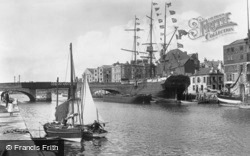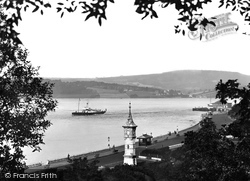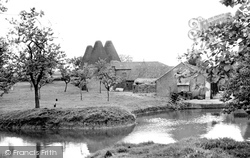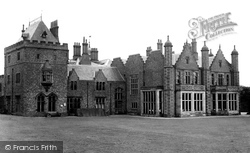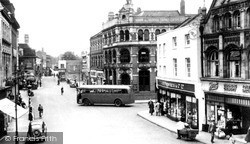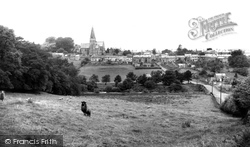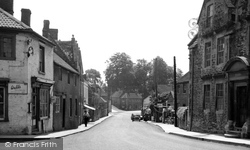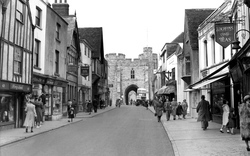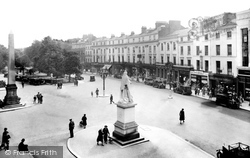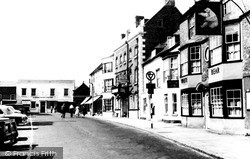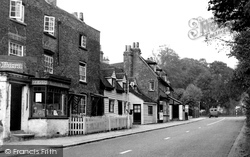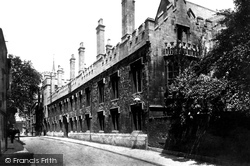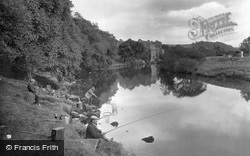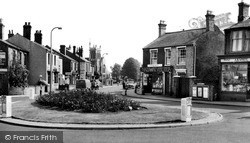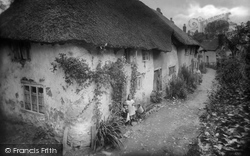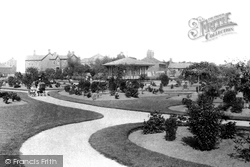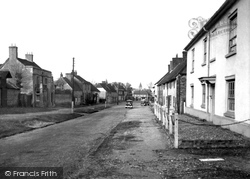Merry Christmas & Happy New Year!
Christmas Deliveries: If you placed an order on or before midday on Friday 19th December for Christmas delivery it was despatched before the Royal Mail or Parcel Force deadline and therefore should be received in time for Christmas. Orders placed after midday on Friday 19th December will be delivered in the New Year.
Please Note: Our offices and factory are now closed until Monday 5th January when we will be pleased to deal with any queries that have arisen during the holiday period.
During the holiday our Gift Cards may still be ordered for any last minute orders and will be sent automatically by email direct to your recipient - see here: Gift Cards
Places
4 places found.
Those places high-lighted have photos. All locations may have maps, books and memories.
Photos
2 photos found. Showing results 201 to 2.
Maps
65 maps found.
Books
Sorry, no books were found that related to your search.
Memories
4,591 memories found. Showing results 101 to 110.
The Newmans Of Sible Hedingham
Researching my maternal family tree, I have found that my Grandfather's family originally came from Sible Hedingham and Castle Hedingham. John Newman's occupation was given as stockman and his wife Jane worked ...Read more
A memory of Sible Hedingham by
Mount Edgecumbe Ruins
One hundred years after this photograph was taken my husband and I visited these ruins during a holiday when we celebrated our Silver Wedding. We had came back to the West Country so that we could visit all our old haunts. We ...Read more
A memory of Plymouth in 1990 by
Robert William Shaw Family My Greatgrandfather
My GreatGrandParents Were Robert William Shaw and Eleanor (Wilkinson) Shaw. He worked as a Roller Coverer at a Cotton Factory, I do not know what the name of the factory was. I know my Grandmothers name ...Read more
A memory of Sabden in 1880 by
The Nag''s Head
One didn't have to travel to London in the past to watch pro bands plying their trade. The Nag's Head public house was a much attended venue during the late 1960s and early 1970s for watching many of the (what was then known as) ...Read more
A memory of Wollaston in 1969 by
Carnforth Lodge Lancaster Road
As a child in the 1960’s and 70’s I went several times with my family to visit Mrs Esther Pomfret (Auntie Ettie to us; she was a relation of my father's) at Carnforth Lodge, Lancaster Road. I don't think this is ...Read more
A memory of Carnforth by
1948
Edgware Middlesex, the cradle of my childhood,and Burnt Oak is where I went with Mummy as a special treat , we used to go into Lyons corner house for a nice cup of tea and a small treat, and it seems like only yesterday the whole family went ...Read more
A memory of Burnt Oak in 1948 by
History Of Clayton Family 1700s
Descendants of George Clayton Generation No. 1 1. GEORGE1 CLAYTON was born 1788 in Pickhill, West Roxby, Yorkshire England. He married ANN MUDD 08 December 1806 in Pickhill, West Roxby, Yorkshire England. She ...Read more
A memory of Pickhill in 1860 by
Dunwich Monastery Gateway
My earliest memory of Greyfriars in Dunwich was probably driving down the hill in my grandfather's old car in 1960 as he brought me to my new home at The Barne Arms Hotel. I had been at boarding school at Dollar in ...Read more
A memory of Dunwich in 1965 by
My Family Church
This was the church I attended with my family as a child from 1950-1966 when I moved away to college. My father is buried at the end of the path up to the entry to the church. The rector for some time was Rev. Cottrell with three ...Read more
A memory of Edgware in 1950 by
Bathing In The River
Montague terrace was home to many children. I remember the Allen's, John, June, Barry, Hazel, Ivan & Valerie. The White's, Maurice and Barbara, The William,s and Smith,s, Joan, Roy, Margaret, Jeffrey, and at least three ...Read more
A memory of Bishopstoke in 1949 by
Captions
913 captions found. Showing results 241 to 264.
Henry VIII came here with Anne Boleyn.
At Wadebridge the Camel is so fast-flowing that it is said that there were once chapels on each bank by the ford where travellers prayed for a safe crossing.
By the time this photograph was taken, it had become a favourite amusement for tourists, who came to glimpse the awful conditions that the convicts would have lived in.
Tourists came for the bracing air and social activities. Some, such as Lady Nelson, widow of the Admiral, never left. She lies buried in the churchyard at nearby Littleham.
New varieties of fruit trees changed the character of traditional orchards, and a few free-ranging chickens came to be regarded as an uneconomic anachronism.
Prosperity came to Warrington along with industry in the 1800s, and this is reflected in the quality of all the town's commercial buildings.
The bus station was built on the site where the amusement fairs used to set up when they came to town.
This little town, on the Yorkshire/Lancashire border, has been famed for its potteries since Roman times. Coal mining and quarrying also sustained the population.
Until a by-pass came in 1990, it carried both the A36 and A361. In 1927 a recreation ground was built at the end of the road to keep children from the heavy traffic.
Some of the visitors who enjoyed a stroll through the village streets came from the nearby Morecambe Bay Holiday Camp.
As we look from inside the city walls through the arch to St Dunstan's Street, we can see the route taken by Henry II when he came as a penitent after the murder of Thomas Becket in 1174, and by Henry
In 1838 Queen Victoria came to drink the waters. She was received by Dr Henry Jephson, an outstanding surgeon in his day and also the man responsible for planning much of the town.
Farmers and merchants came from miles around to do their business here, and there were enough of them to support several inns.
Beer is famed for its quarries, which were worked by the Romans and have continued in use down the years. The stone was used extensively for the arcades of many Devon churches.
on the edge of Hainault forest, has been much developed over the years, but the village still presents a deceptively leafy appearance.The bakery and tea-rooms are reminders that many Londoners came
Much of the money for the gallery came from wealthy glass manufacturer Thomas Osler, whose firm made the famous glass fountain centrepiece for the Great Exhibition at the Crystal Palace.The clock
However, various benefactors eventually came to the rescue, enabling the work to be completed.
The railway finally came to the village in 1902 with the opening of a line to Skipton. Here we see a quiet moment on the banks of the Wharfe.
The centre of Wollaston is often referred to as Wollaston Junction, recalling the time when two tram routes met here - one came from Stourbridge, and the other was the Amblecote to Kinver
Axminster is famed for its carpet business, founded in 1755 by Thomas Whitty. Manufacture ceased in 1835 but began again in 1937.
Despite its fame as a fishing port from the Middle Ages onwards, people have lived around Brixham for some half a million years.
Modernisation was embraced, and down everything came. What Hitler's bombs missed, the councils of England destroyed. What is built there today only emphasises the point.
With the new houses came the park, a place for gentle exercise or relaxation and a favourite walk for nannies and their prams.
The founder of the mill, Henry Portal, came from France, escaping to England during the persecution of the Huguenots.
Places (4)
Photos (2)
Memories (4591)
Books (0)
Maps (65)

